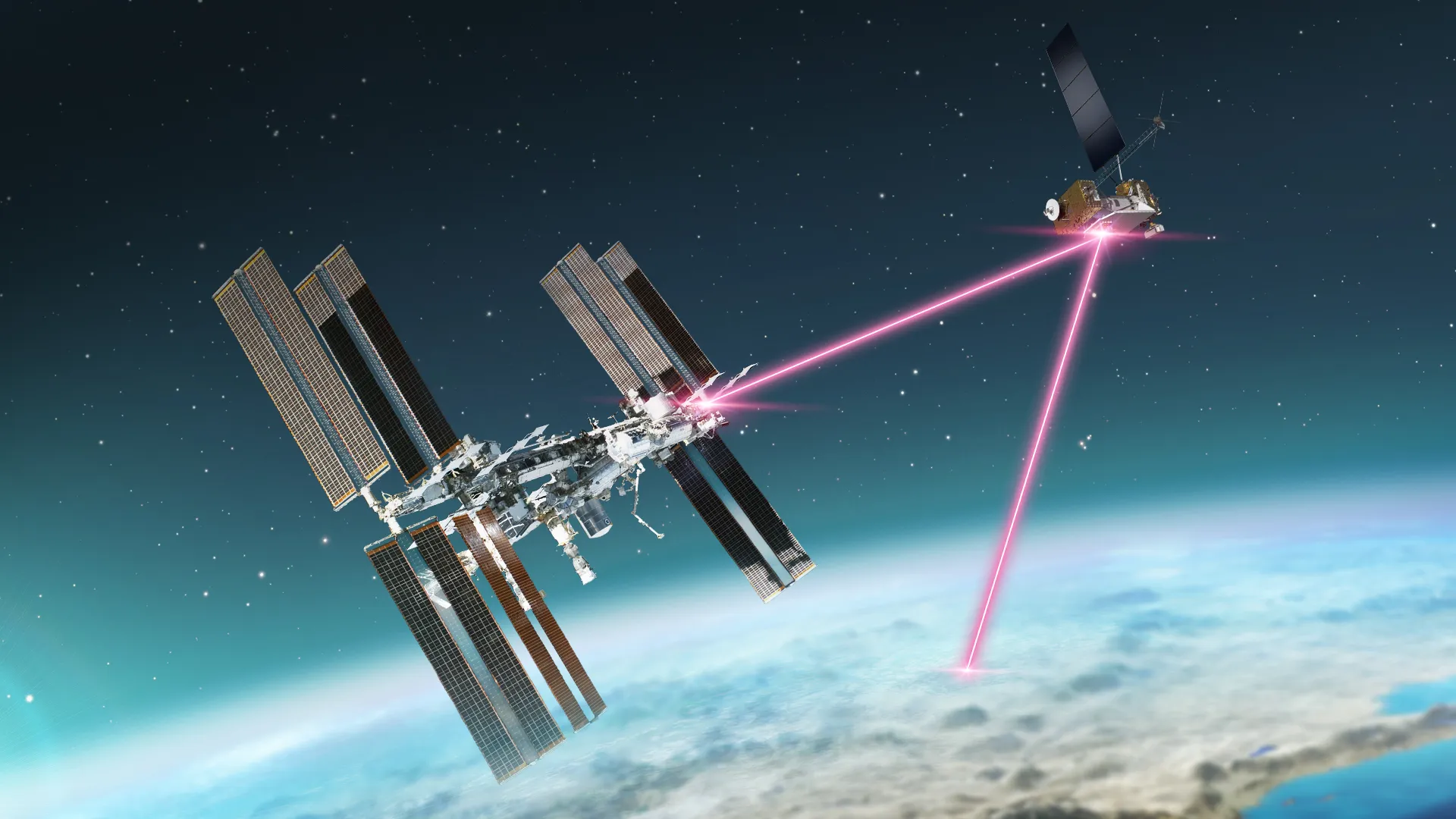NASA’s New Laser Milestone
Recently, NASA has made significant progress in space communication by successfully sending a laser signal to the Psyche spacecraft, whose mission is to explore the metal-rich asteroid of the same name. This signal travelled an astonishing distance of over 290 million miles (466 million kilometres), surpassing any other signal made and demonstrating the potential of advanced space communications.
The signal was part of NASA’s Deep Space Optical Communications (DSOC) experiment, which focuses on revolutionizing the intergalactic transmission of information across vast distances. Conventional communication between spacecraft and Earth utilizes radio waves, mainly because of their reliability. Despite this, radio waves have limitations, specifically their transmission efficiency. As space exploration ventures farther from Earth and missions grow in complexity, the demand for faster, more efficient communication methods has grown.
This is where NASA’s DSOC experiment comes in. By using laser-based technology, NASA aims to significantly increase data transmission rates, enabling the transfer of large amounts of information in a much shorter time. Laser communication holds many advantages over radio waves. For one, laser signals can carry more data per second, allowing for higher-resolution images, more detailed scientific data, and even potential advancements like live video streaming from distant planets. The benefits of this technology become particularly crucial for missions that travel to far destinations like Mars.
Since the lasers sent to the Psyche spacecraft were able to travel 290 million miles – this means that communication signals could be used for communication between Earth and Mars. As humans continue to push the boundaries of space exploration, reliable and high-speed communication will be essential for both scientific discovery and the safety of astronauts. The Psyche spacecraft, launched in October 2023, was set to explore an asteroid that was believed to be the exposed core of an ancient planetesimal, offering scientists a rare opportunity to study a planetary core directly.
The mission, managed by NASA’s Jet Propulsion Laboratory, is part of the agency’s attempts to understand the fundamentals of planet formation. However, the mission’s secondary objective, the DSOC experiment, is equally as impressive, as it serves as a real-world test of laser communication in deep space. This test run was a major milestone in the DSOC experiment, confirming that laser communication technology could work across extensive distances. The success of this laser transmission is expected to pave the way for future space missions, where advanced data exchange will become the norm. Mars missions, in particular, stand to benefit from this technology.
Given the planet’s distance from Earth, current communication methods require anywhere from 4 to 24 minutes for data to travel one way. With laser communication, these transmission times could be dramatically reduced, enabling faster decision-making and, therefore, more efficient mission operations. Looking further ahead, laser communication would play a key role for human exploration of the outer planets and beyond. As humans plan to venture to the moons of Jupiter or Saturn or even outside our solar system, the ability to communicate quickly and effectively will be critical.
Laser technology’s increased transmission rates will not only support scientific instruments but also ensure that astronauts can maintain a stable and efficient line of communication with mission control on Earth. The DSOC experiment is part of a broader trend in space exploration that focuses on developing new technologies to overcome the limitations of current systems. NASA and other space agencies around the world are investing in innovations like laser communication, artificial intelligence, and autonomous spacecraft to make space exploration more efficient, safer, and more productive.
